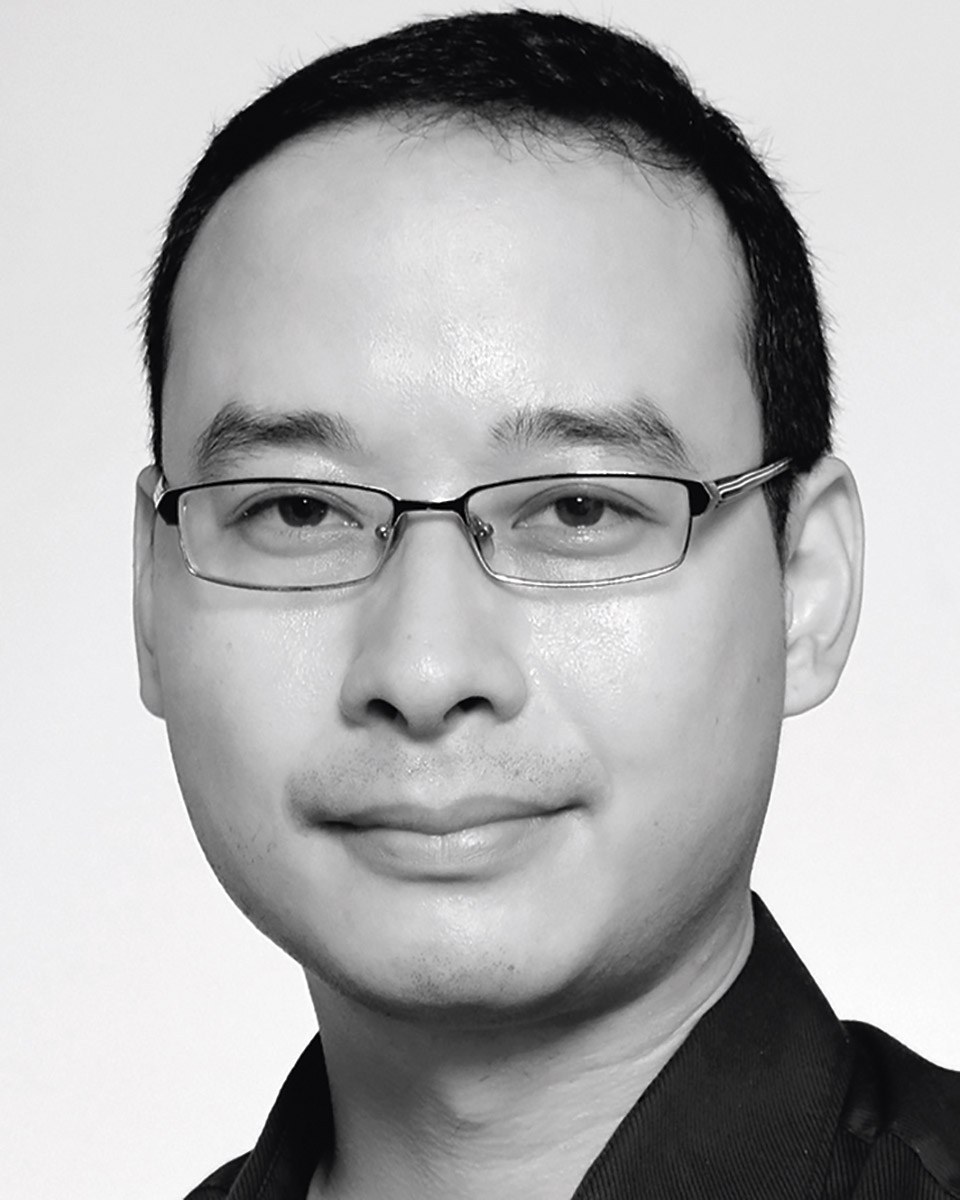UV-Light for Plant Development
Commentary from LpR 68: Since the development of the incandescent lamp, greenhouse farmers have been using electric light sources as a supplement to natural sunlight. Initially, light intensity was the major concern. Later, growers learned to manipulate plant development by altering the power distribution of the light spectrum for added value such as taste and appearance.
In recent years, the idea of using UV light became more prominent. The UV range (UV-C range in particular) can damage and disrupt the DNA of biological organisms such as bacteria. As such, it is well known for its use to sterilize and purify medical equipment. In plants, UV light can induce stress. However, creative growers managed to take advantage of a plant’s countermeasures to induce “favorable” plant responses such as increased polyphenol production and flavonoid biosynthesis. With the emergence of LEDs this targeted approach has become easier.
According to Dr. Mandar Godge, Research Scientist at Temasek Polytechnic Singapore, “LEDs enable a targeted physiological manipulation of a plant’s properties such as the photosynthesis and photomorphogenesis by selecting specific wavelengths of the electromagnetic spectrum. These manipulations bring in enhanced yields, higher nutritional value and pest disease resistance in plants, making them versatile for urban farming. UV - LED in particular, will gain in importance since the focus is already moving away from providing sufficient intensity for optimal photosynthesis to the usage of customized light spectra for added value.” This shift becomes even more relevant with the recent discovery of UV-B specific photoreceptor UVR8 which will open the door for new ways to influence plant development. The UVR8 serves as a plant’s regulatory signal as opposed to a frequently injurious source of stress, and UV-LEDs can be used to specifically target these receptors.
“In the right dosage, UV light can be beneficial to plant growth and development. The increased understanding of the role of UV light on plants’ responses will lead to a revolution in artificial lighting for indoor farming,” said Dr. Mandar.
While the usage of UV light in horticulture offers huge potential, the electrical components still have some challenges to overcome. One of these challenges is the usage of the “correct” material; UV LEDs (UV-C in particular) need different materials in their semiconductor makeup to “get the wavelength right”. Additionally, since UV wavelengths tend to damage or degrade organic material, the choice of materials that can be used for LED components are limited to inorganic materials. Ceramics such as aluminum oxide can also be used, but this will present the LED designers with a different set of problems, as ceramic tends to be brittle and prone to cracking.
As with conventional LED lighting, thermal management offers challenges. As a rule of thumb, up to half of the energy used for a white LED is converted to light; the remaining half is lost as heat. In the case of UV-A LEDs, the efficiency can drop to 40% and the efficiency of UV-C LEDs can be as low as 5%, leading to 60% and 95% heat loss respectively. The emitted heat must be conducted away to avoid overheating which can potentially lead to the destruction of the LED die.
The usage of UV LED in horticulture offers huge potential and benefits, but as with the more established plant lights, there will be no “one size fits all” solution and it remains to be seen, to what extent the added value will justify the added cost due the higher complexity of the components and systems used.
Dr. Marvin Boell:
Marvin Boell researched as a PhD student on the topic “Prediction and Description of color perception of light spectra using modified color matching functions” at the “Technische Universität Darmstadt”. He worked as a R&D engineer and product manager for a lighting manufacturer in Singapore, where his task was to develop lamps and luminaires.
Marvin Boell joined TÜV SÜD in 2016 as a project manager to develop testing methodologies for growth lights, a.k.a. plant- or horticulture lights. This position brings him into close contact with other major players in the LED lighting and vertical farming industry.

